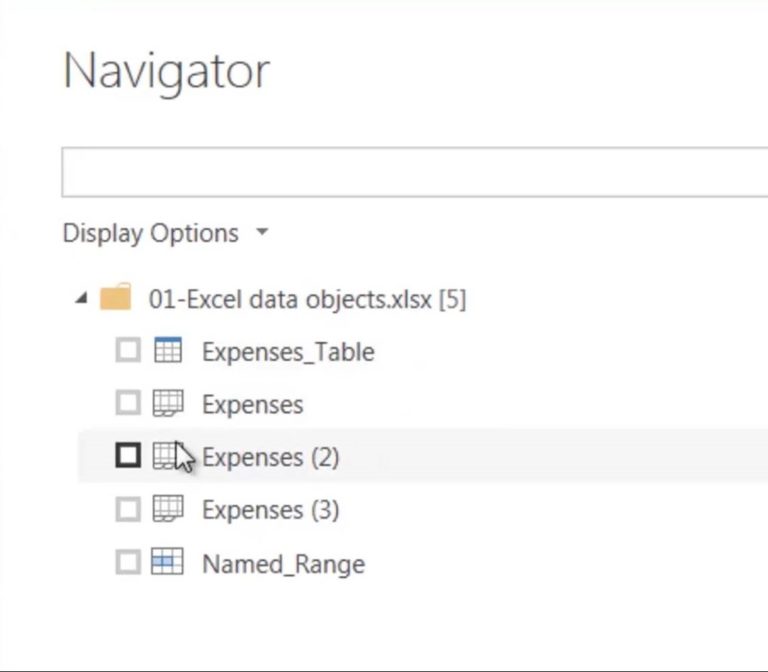From Ordinary to Extraordinary – Revolutionize Your Power BI Reports with Star and Snowflake Schemas
Introduction
In today’s data-driven world, Power BI has emerged as a powerful tool for visualizing and analyzing data. Creating reports that are not only visually appealing but also efficient in terms of performance is crucial for organizations. To achieve this, it is important to understand the significance of data warehouse schemas such as star and snowflake schemas. This article will explore how implementing these schemas can revolutionize your Power BI reports, taking them from ordinary to extraordinary.
Understanding Power BI Reports
Power BI is a business analytics service provided by Microsoft that allows users to analyze and visualize data through interactive reports and dashboards. These reports enable organizations to gain valuable insights from their data, make data-driven decisions, and communicate information effectively. Power BI reports are created using data from various sources, and the structure of this data plays a crucial role in the report’s performance and usability.
Data Warehouse Schemas
Data warehouse schemas provide a blueprint for organizing and structuring data in a data warehouse or data mart. They define the relationships between tables and enable efficient querying and analysis. Two commonly used schemas are the star schema and the snowflake schema.
Star Schema
The star schema is a simple and intuitive data warehouse schema that consists of a central fact table connected to multiple dimension tables. The fact table contains measurable and numerical data, while dimension tables provide descriptive attributes related to the fact data. This schema resembles a star shape when visualized, hence the name.
Definition
In a star schema, a fact table is surrounded by dimension tables, with each dimension table connected to the fact table through a one-to-many relationship. The fact table holds the primary business measures, such as sales, revenue, or quantities, while dimension tables store the descriptive attributes of the data, like product, customer, or time.
Benefits
Enhanced Performance: The star schema’s denormalized structure enables fast and efficient querying, resulting in improved report performance.
Simplified Data Model: With fewer tables and simplified relationships, it becomes easier to understand and maintain the data model used in Power BI reports.
Snowflake Schema
The snowflake schema extends the star schema Snowflake Schema
The snowflake schema extends the star schema by normalizing the dimension tables. This means that instead of storing all the attributes in a single table, the attributes are further divided into separate tables. This creates a more complex structure that resembles a snowflake when visualized.
Definition
In a snowflake schema, the dimension tables are normalized into multiple levels, creating a hierarchy of tables. Each level of the hierarchy represents a specific attribute or category related to the data. For example, a product dimension table may have sub-dimension tables for product category, subcategory, and brand.
Benefits
Improved Scalability: The snowflake schema’s normalized structure allows for better scalability as additional attributes or levels can be easily added without impacting the existing data model.
Flexibility in Data Exploration: With the snowflake schema, users can explore data at different levels of granularity, drilling down from higher-level categories to more specific attributes, enabling in-depth analysis and insights.
Revolutionizing Power BI Reports
Now that we have a clear understanding of star and snowflake schemas, let’s explore how implementing these schemas can revolutionize your Power BI reports.
Using Star Schema
By utilizing the star schema in your Power BI reports, you can unlock several benefits.
Enhanced Performance
The denormalized structure of the star schema allows for optimized query performance. Since the dimension tables are directly connected to the fact table, querying data becomes faster and more efficient. This means that your reports will load quickly, providing a seamless experience for end-users.
Simplified Data Model
The star schema simplifies the data model used in Power BI reports. With fewer tables and straightforward relationships, it becomes easier to understand and maintain the data structure. This simplicity translates to faster development and easier troubleshooting of the reports.
Implementing Snowflake Schema
In certain cases, implementing a snowflake schema can be advantageous for your Power BI reports.
Improved Scalability
The normalized structure of the snowflake schema allows for better scalability as your data grows. Additional attributes or levels can be easily added without impacting the existing data model. This scalability ensures that your reports can accommodate expanding data requirements without sacrificing performance.
Flexibility in Data Exploration
The snowflake schema provides flexibility in exploring data at different levels of granularity. Users can drill down from higher-level categories to more specific attributes, enabling deep analysis and uncovering valuable insights. This flexibility empowers users to answer complex business questions and make data-driven decisions with confidence.
Best Practices for Implementing Schemas
To ensure the successful implementation of star and snowflake schemas in your Power BI reports, consider the following best practices:
Analyzing Data Requirements: Thoroughly understand the data requirements and business objectives before designing the schema. Identify the key measures and attributes that need to be included in your reports.
Designing an Effective Schema: Carefully design the schema based on the data analysis. Decide whether a star schema or snowflake schema aligns better with your data structure and reporting needs.
Ensuring Data Integrity: Maintain data integrity by establishing proper relationships between tables and enforcing referential integrity constraints. Regularly validate and cleanse the data to avoid any inconsistencies or errors.
Regular Maintenance and Optimization: Regularly review and optimize your schema to ensure optimal performance. Monitor query execution times, identify bottlenecks, and make necessary adjustments to improve efficiency.
Conclusion
Incorporating star and snowflake schemas in your Power BI reports can elevate them from ordinary to extraordinary. The star schema offers enhanced performance and a simplified data model, while the snowflake schema provides improved scalability and flexibility in data exploration. By understanding the principles behind these schemas and implementing them effectively, you can create compelling and impactful Power BI reports that deliver valuable insights to drive better decision-making.
In summary, the use of star and snowflake schemas revolutionizes Power BI reports by optimizing performance, simplifying data models, improving scalability, and enabling flexible data exploration. By carefully analyzing data requirements, designing effective schemas, ensuring data integrity, and performing regular maintenance, you can maximize the benefits of these schemas in your reports.
FAQs (Frequently Asked Questions)
Q: Can I use both star and snowflake schemas in the same Power BI report?
A: Yes, you can combine elements of star and snowflake schemas based on your specific data requirements. It’s important to consider the trade-offs and design the schema accordingly.
Q: Are star and snowflake schemas specific to Power BI or applicable to other data analytics tools as well?
A: Star and snowflake schemas are widely used in data warehousing and analytics, not limited to Power BI. They are industry-standard approaches to organizing data for efficient analysis and reporting.
Q: How do I determine which schema is suitable for my Power BI project?
A: The choice between star and snowflake schemas depends on factors such as data complexity, reporting needs, and scalability requirements. Analyze your data structure and consult with experts to make an informed decision.
Q: Can I migrate an existing Power BI report to a star or snowflake schema?
A: Migrating an existing report to a different schema can be complex. It requires redefining relationships, restructuring tables, and potentially modifying existing reports. Consider the effort and impact before undertaking such a migration.
Q: Are there any limitations or challenges associated with using star and snowflake schemas?
A: While star and snowflake schemas offer numerous benefits, they may introduce additional complexity in data modeling and maintenance. Proper planning, design, and ongoing management are crucial to overcome any potential challenges.
In conclusion, by implementing star and snowflake schemas, you can transform your Power BI reports from ordinary to extraordinary. These schemas optimize performance, simplify data models, and provide scalability and flexibility in data exploration. Embrace the power of these schemas and unleash the true potential of your Power BI reports.















